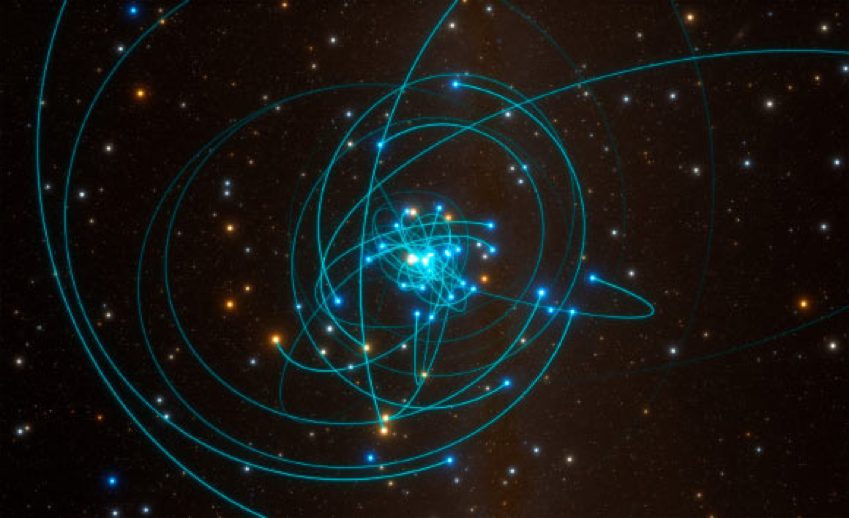We can determine the mass of black holes at the center of the nearest galaxies by solving in detail the motions of the stars and gas orbiting around the central mass (similar to the way we can estimate the mass of the Sun through the orbital motion of the planets). For the more distant objects we can rely on scale relations calibrated on the results obtained from direct black hole mass measurements. We observe that the spectra of the most massive black holes show larger emission lines: we can therefore estimate the mass of black holes in distant galaxies simply by measuring the widths of the spectral lines.
However, this method has some drawbacks. For one, in the simplest scenario the gas is distributed in a rotating disk making the width of the lines measured dependent on the inclination angle of the disk.
A new study led by Alessandro Capetti (INAF-OATo) has shown how, with polarimetric observations at the Very Large Telescope (VLT), we can derive the inclination angle: without this correction, the mass measurements of black holes can even be underestimated by a factor of 5.
For more information, you can read the article here


